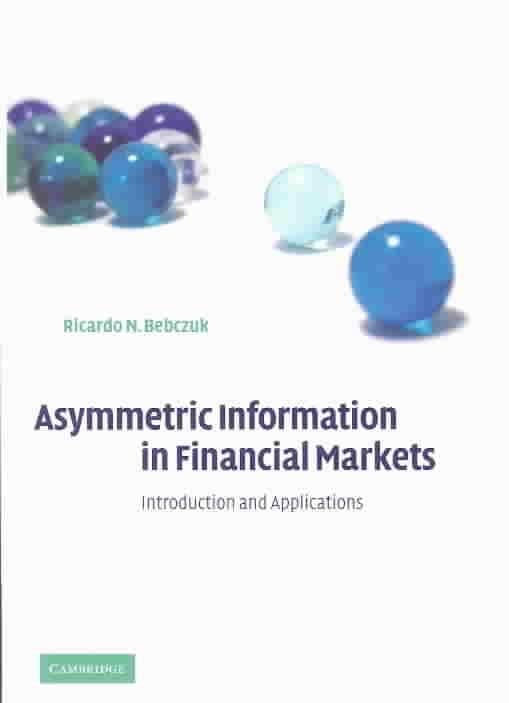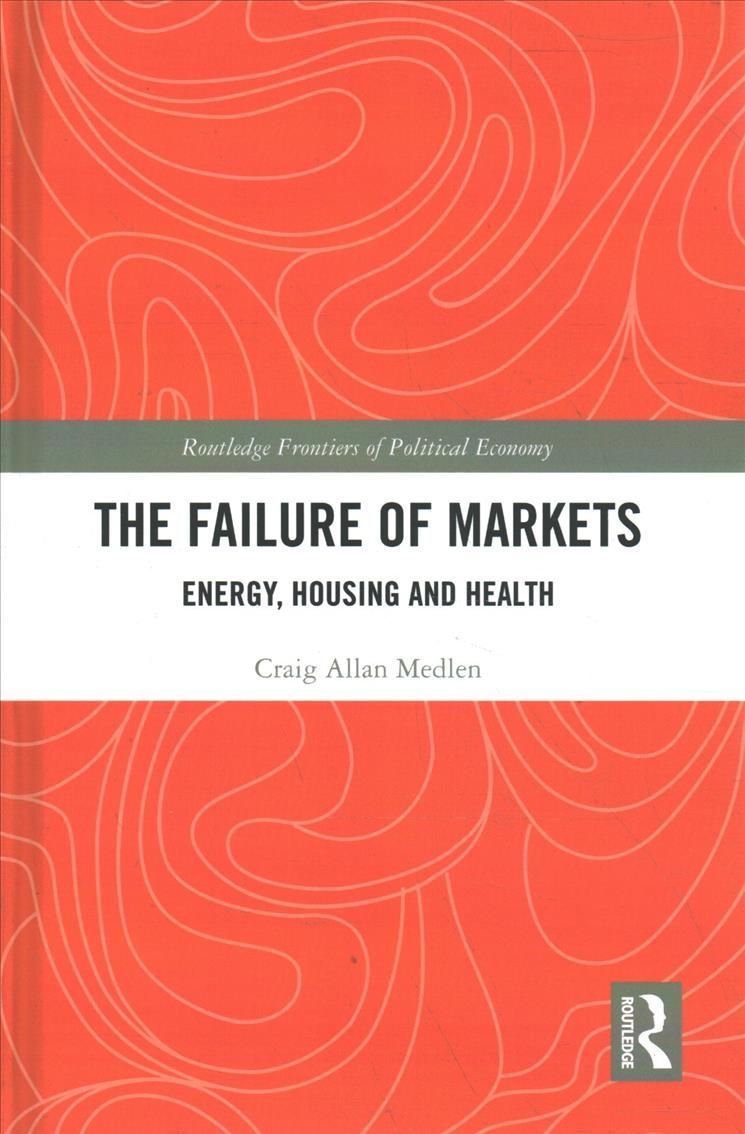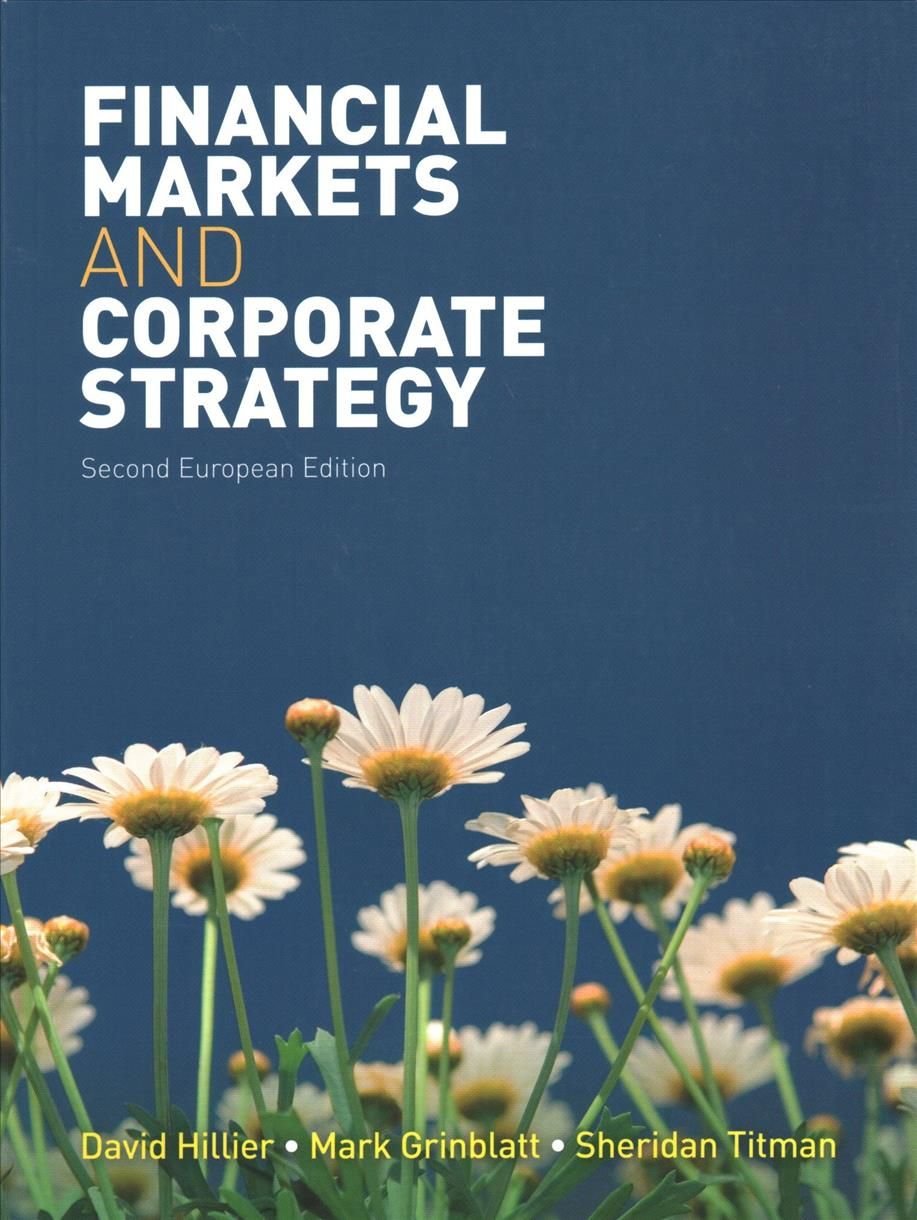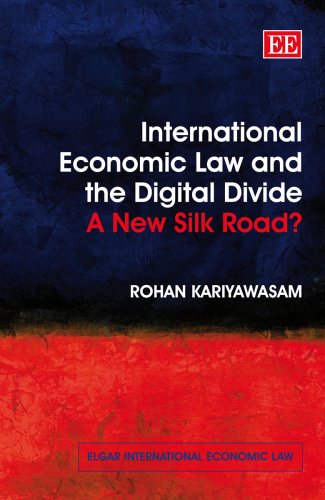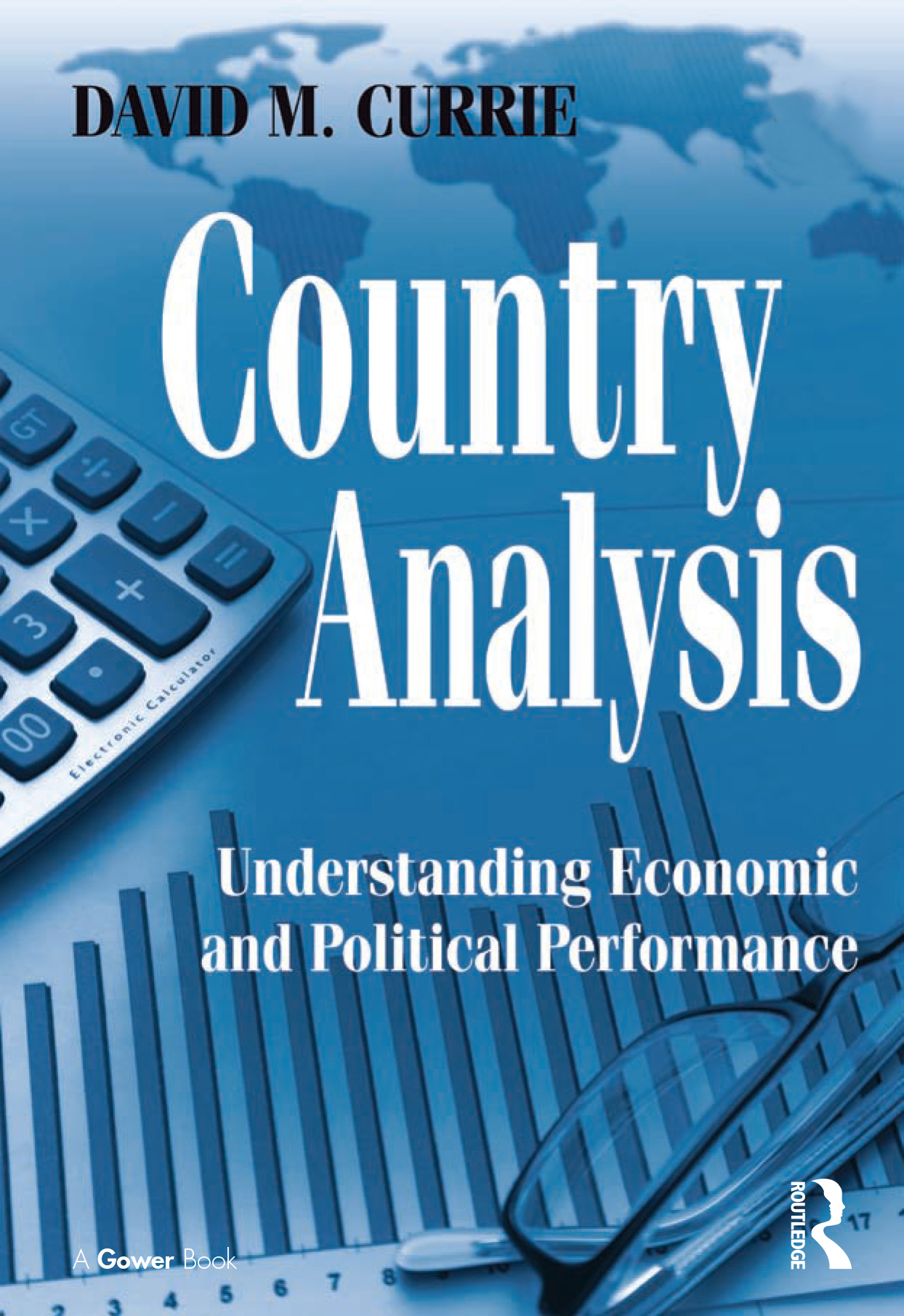Within the economist’s abstraction of a “Perfect Market” it is assumed that all agents have access to the same timely, accurate and free information, and as a result allocative efficiency will be achieved. In practice this rarely happens and in most cases agents have access to different levels of information so that transactions are characterized by asymmetric information. This book presents the first integrated treatment of asymmetric information as both a macroeconomic and microeconomic phenomenon in financial markets.
